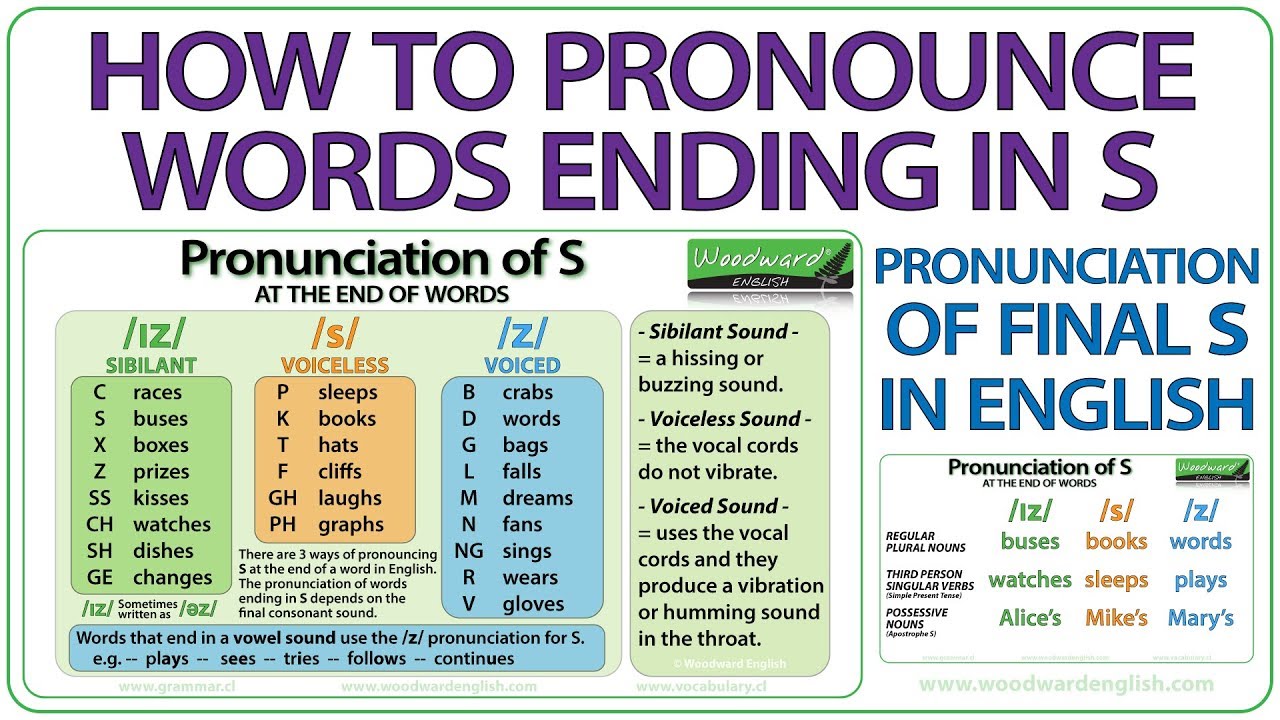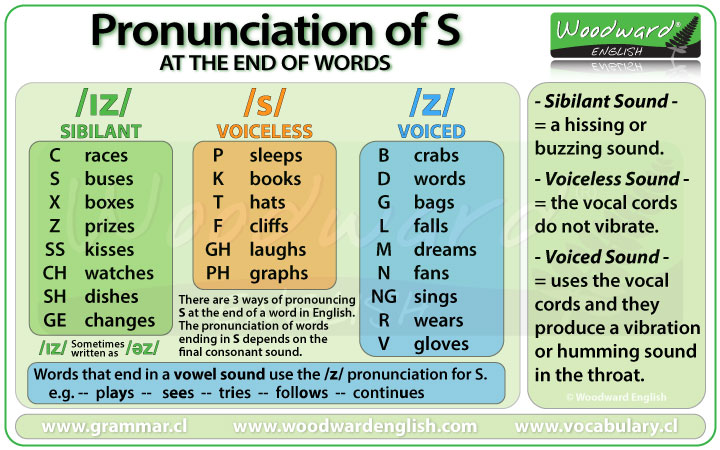The Day I Sounded Like a Robot, and Why I Had to Fix My Plurals
Man, let me tell you, for the longest time, I thought I had English pronunciation pretty much locked down. I mean, I can communicate fine, right? But there was this one little thing that drove me absolutely nuts—the ‘s’ at the end of plural words. I sounded robotic, like every single plural was ending with a sharp, hissing /s/ sound, whether it should or not.

I remember this one meeting. I was trying to explain a new workflow involving three different projects. I kept saying “projectsss, tasksss, requirementsss.” My colleague, who’s a native speaker but usually super chill, stopped me mid-sentence. He didn’t correct the grammar, he just said, “Hey, did you just step on a snake?” I laughed it off, but later I listened back to the recording. Oh my God. Everything was sharp and tight. Words like “jobs” (which should sound like /jobz/) came out as harsh /jobs/. It was embarrassing.
I realized I had a massive disconnect. I was focusing on the spelling, not the sound. My brain registered the letter ‘S’ and defaulted to the /s/ sound, regardless of the word it was attached to. I was basically ignoring half the sounds in the language, especially the ones that should have been a soft buzz, like in cards or things. I knew I had to fix this stuttering block, or I’d always sound unnatural, especially when speaking quickly or trying to sound serious.
Diving into the Deep End of Linguistic Rules (And Hating It)
I knew I needed to fix it. So, I did what anyone does: I Googled the rule. And that’s where the trouble started. I opened up these linguistics websites, and they were talking about “voiceless alveolar fricatives” and “plosives” and “sibilants.” I’m not studying for a PhD in phonetics; I just want to sound normal when I talk about my dogs! The sheer amount of jargon was overwhelming. I couldn’t figure out how to translate a rule about “voiced stops” into something I could actually use in a five-second conversation. I flat-out ignored the complex definitions for a while because the rules seemed too complicated to apply while I was actually trying to talk in real-time.
I tried to memorize lists. Like, okay, words ending in P, K, T, F, Th get the /s/. Everything else gets the /z/. But when you’re speaking quickly, you don’t have time to run through an alphabet checklist for every plural you utter. I was constantly stuttering, pausing before the ‘s’ to decide if I should buzz or hiss. I’d be mid-sentence, talking about my reports, and I’d actually slow down the word just to check the letter ‘T’ before I spat out the final sound. It was killing my flow, and honestly, making me avoid using plurals sometimes just to save myself the headache.
The Simple Voiced Sound Trick That Changed Everything
My breakthrough came totally by accident. I was watching this quick, random YouTube short—not even about English, just about singing and vocal projection—and the guy mentioned something about feeling the vibration in your throat to find your chest voice. And suddenly, it clicked. This isn’t about the letters on the page; it’s about what my vocal cords are doing right before the ‘s’.

I realized the rule is simple when you treat it like a physical process: The final sound of the base word dictates the sound of the plural ‘s’. If the base sound is made using your voice (it vibrates), the ‘s’ must also use your voice (it buzzes like a /z/). If the base sound is just air (no vibration), the ‘s’ must also be just air (a hiss like an /s/).
This is the easy trick I developed and implemented, and it’s pure physical mechanics. No need for fancy terms:
- Step One: Say the Base Word. Pick a word, let’s go with dog.
- Step Two: Feel the Last Sound. Say the final sound of the word, which is the /g/ sound. Press your fingers lightly on your throat. Say “Ggggggg.” You should feel a serious buzz, like the sound is coming deep from your chest. That means the sound is Voiced.
- Step Three: Match the Ending. If the sound is voiced (buzzing), the ‘s’ you add needs to be voiced too. The voiced version of /s/ is /z/. So, dogs has to buzz! It comes out sounding like DOGZ.
Now, try the opposite. Say cup. The final sound is /p/. Say “Ppppppp.” No buzz, right? It’s just a puff of air. That means the sound is Unvoiced. Therefore, the plural ‘s’ must also be unvoiced: cups (/s/). It sounds like CUPS.
This simple physical check was the key. I didn’t need to recall “what category does ‘g’ fall into.” I just needed to feel my neck. If it vibrates, I buzz the ‘s’. If it doesn’t, I hiss the ‘s’.
My Daily Practice Log: Training the Muscle Memory
Once I grabbed this trick, I realized I didn’t need to memorize anything; I just needed to train my throat and my ear. I started keeping a log, specifically drilling high-frequency words I always messed up. I didn’t just say the word; I held the final sound for a beat or two to ensure I was getting the vibration right before transitioning to the plural ending.

I literally sat there for 30 minutes every morning for two weeks, just practicing the transition. I took lists of words and broke them down:
- Unvoiced Drills (No Buzzing): I would hold the air release.
-
Stop + ppppp + SSS = Stops. (Air + Hiss)
-
Mouth + thththth + SSS = Mouths. (Air + Hiss)
-
Book + kkkkk + SSS = Books. (Air + Hiss)
- Voiced Drills (Need that Buzz): I would hold the vibration.
-
Dog + ggggg + ZZZ = Dogs. (Buzz + Buzz)

-
Job + bbbbb + ZZZ = Jobs. (Buzz + Buzz)
-
Card + ddddd + ZZZ = Cards. (Buzz + Buzz)
I even started doing the “sibilant exception” words—the ones that end in sounds like /sh/, /ch/, /s/, or /x/ (like boxes). For those, you can’t just stick an /s/ or a /z/ on the end because it sounds mushy. You have to add an extra syllable, the /ɪz/ sound. I just trained myself: if the base word already makes a loud shushing or buzzing sound, you must add the short “i” vowel sound. Brush becomes Brushes. Judge becomes Judges. This prevents the horrible sound clash.
The Payoff: Talking Faster, Sounding Cleaner
It sounds silly, but this simple, physical feeling—the buzz or lack of buzz in my throat—totally simplified a rule that academics had made impossible. I stopped pausing. I stopped checking my mental list. My throat just took over. I let the sound of the base word tell me what the plural ending should be.
Now, when I talk about my needs, the /z/ sound just comes out naturally. When I discuss multiple reports, the crisp /s/ just flows. My spoken English feels smoother, less forced, and definitely less like I’m auditioning to be a mechanical voice assistant. If you’re struggling with those final ‘s’ sounds, stop reading the textbooks. Put your hand on your throat, say the base word, and let your body tell you what to do next. It works every time. Go train your neck!

